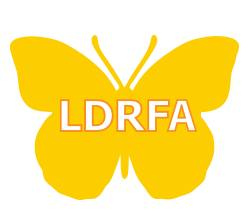Assistive Technology (AT) is a broad term encompassing any light-, mid-, or high-tech tool or device that helps people with disabilities perform a task with greater ease and encourages the users to become more independent and self-reliant. Mainstream examples include Siri on iPad and iPhone apps, and speech recognition on smartphones, tablets and computers.
Adaptive technology is a special version of already existing tools or technologies that are used for people with disabilities. These are frequently co-opted by the mainstream, such as hands-free sinks and even the graphic user interface!
Determining the correct tools might seem a bit overwhelming, but fear not! We are here to simplify the process for you. Assistive Technology (AT) is any device, piece of equipment or software that helps a person to more easily tackle daily challenges at school or at work. It makes learning and communication simpler and more functional.
We have divided the AT universe into 5 types of tools:
Text to Speech: tools that read text to you
Digital Books/Articles: how to find digital books and articles, and tools that allow you to take notes and make comments digitally
Speech to Text: tools that will transcribe what you say
Literacy Suites: Big tools that combine features of all these other sections into one big tool
Organization and Study Tools: Tools that will help you keep organized and study effectively.
Here we describe some tools that may be helpful to individuals with learning disabilities such as dyslexia, ADHD, and the professionals who support them.
We have only included tools that we found to be useful in collaboration with schools’ assistive technology specialists. We also have developed programs in several schools and it has been our experience that when we simplify the process it makes learning more enjoyable and objectives more easily obtainable. We realize that there are many tools and apps so we have only included those that we believe provide the most assistance and are more robust.

